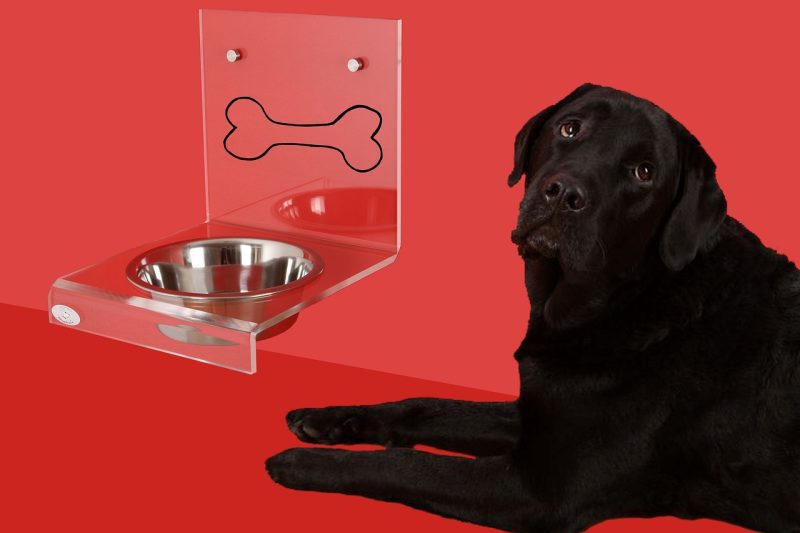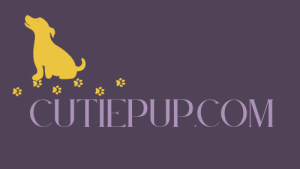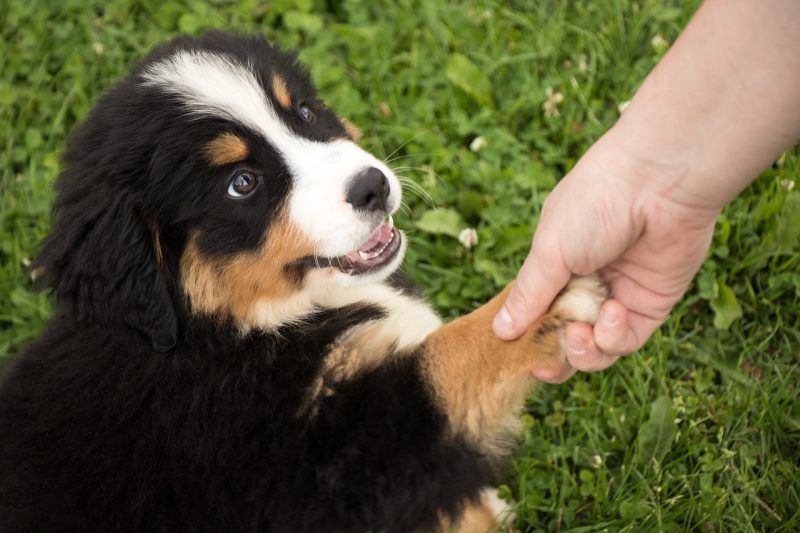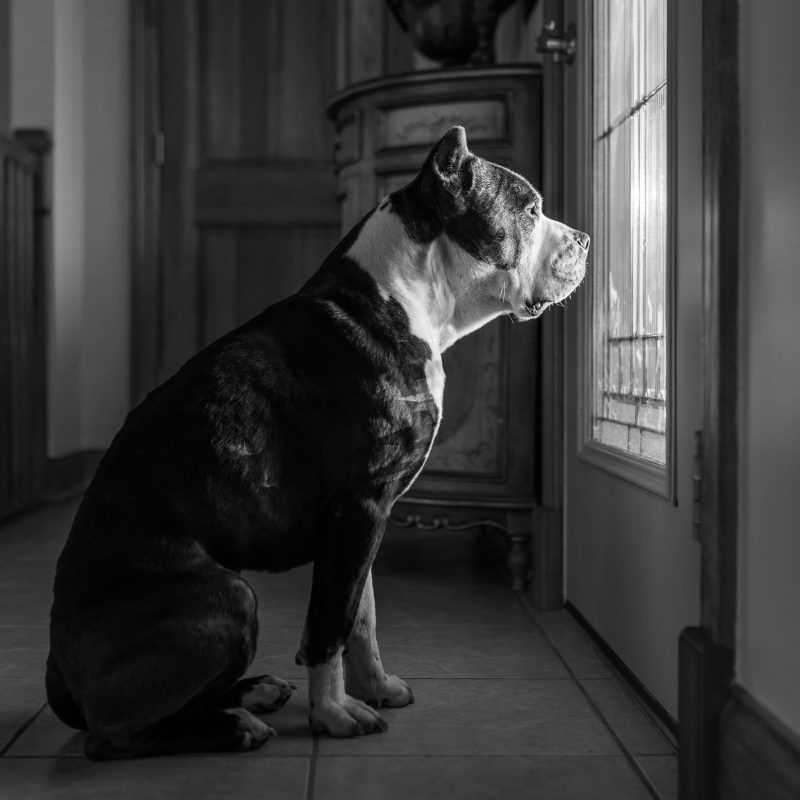
Table Foods Dogs Can Eat
You adore your dog, and when they give you begging eyes at the dinner table, it’s so hard to resist slipping them a tasty morsel. But which table foods can dogs eat safely, and which are totally off limits?
As a dog owner and lover, you surely wonder: What delicious yet nutritious human foods can I share with my canine buddy? What common scraps from my plate are dangerous for dogs? How much people food is too much?
This article will explore the do’s and don’ts of feeding Fido table treats. You’ll learn which fruits, veggies, grains and proteins are totally pup-approved. We’ll also dive into which incredibly popular human eats can actually seriously harm your four-legged friend.
Discover how to keep your dog happy, healthy and begging for more with occasional nibbles from your plate. Just be sure you know how to balance scraps with their regular diet. Read on for tips on safely incorporating people food that even the pickiest pooch is sure to drool over!
Healthy Human Snacks Dogs Can Devour
What innocent nibbles do humans enjoy that dogs can also appreciate? Turns out, quite a few! When you want to throw your buddy a bone at dinnertime, consider these nutritious options:
Fresh Fruits and Veggies
Slices of apple, banana, melon, or pear make refreshing treats. Most fresh produce is A-OK for canines as long as you avoid grapes, raisins, onions, avocado, and a few other no-no’s. Chop veggies like carrots, green beans, or broccoli into bite-size pieces.
Lean Meats and Fish
Unseasoned, cooked chicken, beef, turkey, or salmon give your pup a protein punch. Just don’t feed dogs raw meat due to bacteria risks. And never ever give them chicken bones, which can splinter.
Whole Grains
A few oats, brown rice, or bits of whole wheat bread provide healthy carbs and fiber. But limit wheat overall, which may cause tummy troubles.
Plain Dairy and Eggs
Small slivers of cheese or hard boiled eggs make fine occasional treats. But since many dogs are lactose intolerant, go easy on milk and other dairy products.
Safe Table Scraps You Can Toss Your Canine
Wondering exactly which foods you can scrape off your plate for your begging buddy? Here’s a list of some common mealtime leftovers dogs can safely snaffle up:
|
Food Group |
Dog-Approved Options |
|
Fruits |
Slices of apple, banana, melon, peach, pear |
|
Veggies |
Pieces of carrot, celery, cucumber, green beans, broccoli, spinach |
|
Grains |
Small portions of brown rice, oatmeal, whole wheat bread |
|
Meat |
Plain cooked chicken, beef, turkey, salmon |
|
Dairy |
Shreds of low-fat cheese, plain yogurt, bits of hardboiled egg |
Foods You Should Never Feed Your Four-Legged Friend
While some table scraps make tasty treats, others can seriously harm your pooch. Steer clear of feeding Fido these common human eats:
Chocolate
Chocolate contains toxic compounds that can cause vomiting, diarrhea, rapid heart rate, seizures, and even death in dogs. All types of chocolate should be 100% off limits.
Nuts and Fatty Foods
Macadamia nuts are outright toxic. Other nuts and high-fat foods like bacon grease can trigger pancreatitis.
Onions and Garlic
These veggies, while healthy for people, can damage your dog’s red blood cells and cause anemia. That includes onion/garlic powder too.
Xylitol Artificial Sweetener
Xylitol is used in sugar-free gum, diet soda, and other products. But it can lead to a dangerous insulin spike in dogs. Check labels and keep gum secured away from your pet.
Cooked Bones
Never feed your dog cooked bones of any kind, including chicken, beef, and pork bones. They easily splinter and cause mouth and digestive injuries.
Balancing Your Dog’s Diet with the Occasional Human Treat
The main component of your dog’s diet should always be complete and balanced commercial dog food appropriate for their life stage. Human food should never make up more than 10-15% of your canine’s total caloric intake.
Follow these tips to safely incorporate the odd table scrap without disrupting your buddy’s nutrition:
- Stick to the safe list. Only share dog-friendly fruits, veggies, grains and the occasional lean meat.
- Watch portions. Treats should be bite-sized and make up just a small fraction of their daily calories.
- Factor it in. If you feed lots of scraps, reduce their regular food so they don’t get overweight.
- Avoid unhealthy table habits. Don’t let begging turn into nuisance behavior. Set limits with training.
Follow these guidelines and sharing the odd tasty table treat can be a fun way to bond with your furkid!
Incorporating Nutrient-Rich Human Foods into Your Dog’s Diet
While too many table scraps can quickly unbalance your dog’s diet, incorporating some people food can have benefits. The key is being selective and strategic with your selections.
Some healthy human foods deliver key nutrients dogs need. Here are smart options to mix into your canine’s regular kibble or wet food:
Add Omega-3s with Fish
The omega-3 fatty acids in salmon, sardines, or tuna promote skin, heart, and brain health. Just don’t feed raw fish.
Get Vitamin A from Sweet Potato
A few bites of this vibrant orange tuber offer vitamin A for healthy vision and immunity.
Load Up on Vitamin E with Nuts
A few slivers of pecans or almonds add vitamin E to nourish skin and fur. But avoid macadamias!
Boost Fiber with Oats
A spoonful of oatmeal into their bowl supplies digestion-friendly fiber. Just make sure it’s plain with no sweeteners.
With strategic mixing and matching, moderate portions of people food can round out your dog’s diet! Just be cautious, selective, and monitor for any digestive issues.
Keeping Portion Sizes Small for Your Dog’s Safety
One of the biggest mistakes owners make with table scraps is losing track of how much they’re feeding their pooch. While the occasional scrap won’t harm an average-sized dog, too many can lead to obesity or other issues.
Here are tips for keeping portions of “people food” small and safe:
- Treat it like candy – just a bite or two max!
- Start with just a teaspoon/tablespoon amount
- Cut large pieces into small bites
- Limit high-fat foods more severely
- Pay attention to their daily calorie needs
- Reduce kibble to balance extra treats
- If they gain weight, cut back more
Remember – the bulk of your dog’s intake should be from their typical commercial dog food diet. Just a little bit of the good stuff can give them a taste of “people food” without the risk of overindulging. We’ve discussed here how and what types of table foods dogs can eat as a treat. This is in contrast to switching your dog to a raw diet. As there are many factors at play, be sure to check with a veterinarian to make an informed decision based on your dog’s specific needs.
FAQs: Feeding Table Scraps to Dogs
Still have questions about feeding your dog tasty table treats? Here are answers to some common conundrums:
Is it OK for dogs to eat what humans eat?
Some human foods are perfectly fine and even healthy for dogs. But others can be extremely toxic, so you must be cautious. Only feed dog-approved fruits, veggies, grains and the occasional lean meat.
What human food can I give my dog daily?
You shouldn’t feed any human food daily long-term without vet approval. The best diet is quality commercial dog food customized to your dog’s needs. An occasional fruit, veggie, egg or spoonful of plain yogurt is fine.
Can dogs eat once people have eaten from the plate?
It’s best not to feed dogs directly from your plate after you’ve eaten from it. Bacteria and seasonings from your mouth transfer to the food and can upset their stomach. Feed treats separately instead.
Is it OK for dogs to eat leftovers and scraps?
In moderation, feeding your dog leftovers and scraps can be OK, as long as you stick to dog-safe foods. But don’t go overboard, as too much can unbalance their diet. Stick to healthy fruits, veggies, grains and lean meats in tiny portions.
Be smart about sharing table food with your dog, and you can safely give them this special treat! Just remember moderation, caution and common sense.


